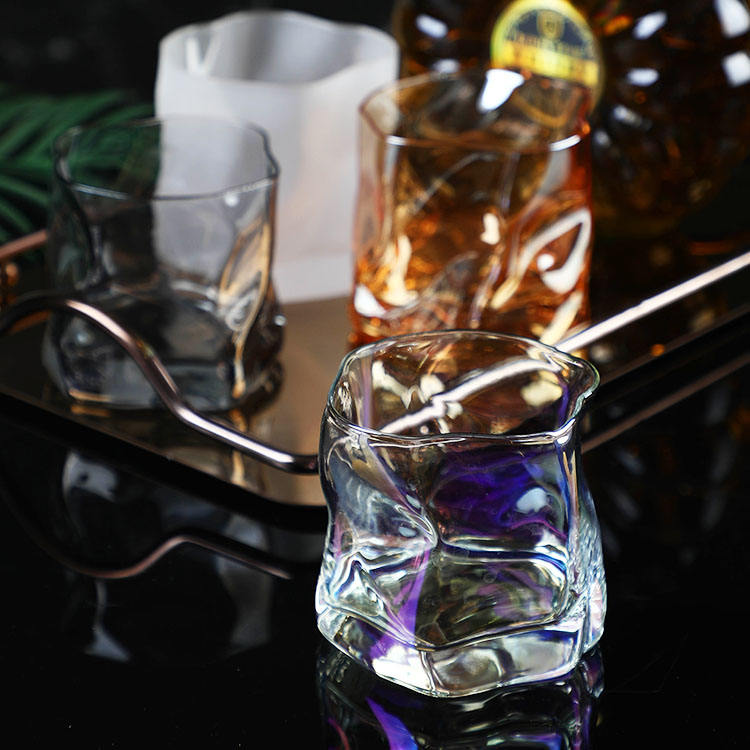Wine glasses have been in use for centuries, with their origins dating back to ancient civilizations like the Greeks and Romans. However, the specific design and shape of modern wine glasses are thought to have evolved over time as wine became more widely consumed and appreciated as a beverage.
During the Middle Ages, wine was often served in goblets or chalices made of metal or ceramic, and it wasn’t until the Renaissance period that glass became the preferred material for wine glasses. Early wine glasses were typically tall and narrow, with a pointed base that allowed them to be inserted into the ground for stability. These glasses were often decorated with intricate designs and were made using a technique known as “flashing,” which involved layering different colors of glass to create a decorative effect.
In the 18th century, wine glasses became more ornate and were often engraved with intricate designs or cut with diamond patterns. The shape of wine glasses also began to change, with the introduction of wider bowls that allowed for the wine to breathe and the aromas to be more fully appreciated.
Today, wine glasses come in a variety of shapes and sizes, each designed to enhance the flavor and aroma of different types of wines. For example, red wine glasses typically have a wider bowl and a larger opening, which allows for greater exposure to the air and enhances the wine’s flavor and aroma. White wine glasses, on the other hand, typically have a smaller bowl and a narrower opening, which helps to preserve the wine’s delicate flavors and aromas.
Overall, the evolution of wine glasses reflects the increasing appreciation and sophistication of wine as a beverage, with designers and glassmakers continually refining and improving the design of wine glasses to enhance the drinking experience.



